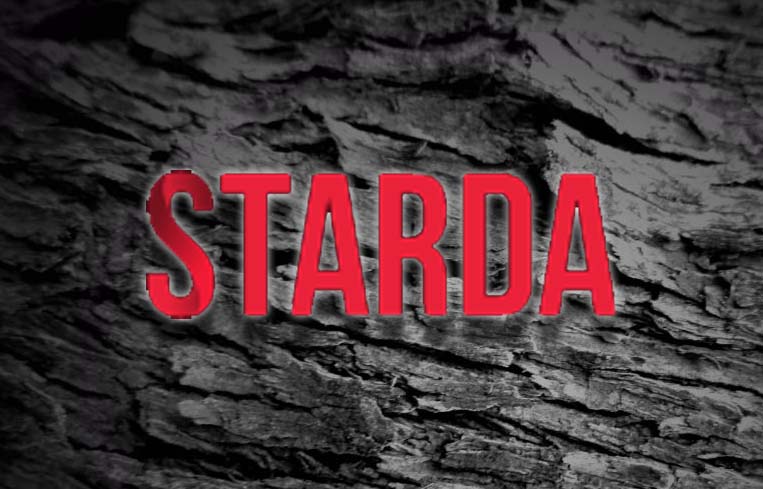Why Do Hockey Players Fight?
Introduction
Hockey is a sport known for its physicality and intense competition. One aspect of the game that often generates controversy and fascination among fans and non-fans alike is fighting. Hockey players have been known to drop the gloves and engage in fisticuffs during games, much to the delight of some spectators and the dismay of others. But why do hockey players fight? What drives them to engage in such violent behavior on the ice? In this article, we will explore the various reasons why hockey players fight and examine the role that fighting plays in the sport.
The Tradition of Fighting in Hockey
Fighting has been a part of hockey for as long as the sport has been played. In the early days of hockey, fighting was a way for players to defend themselves and their teammates from physical aggression on the ice. The rough and tumble nature of the game meant that fights were common occurrences, and players were expected to be able to handle themselves in a scrap.
As the sport evolved, fighting became more of a strategic tool used by teams to shift momentum, intimidate opponents, and rally their own players. Fighting was seen as a way to police the game and keep players in line, as referees were not always able to control the rough play on the ice.
The Role of Enforcers
In hockey, there are players known as enforcers who are specifically tasked with protecting their teammates and engaging in fights when necessary. These players are often big, tough, and physical, and they are not afraid to drop the gloves and stand up for their team. Enforcers are seen as a deterrent to dirty play and cheap shots, as opponents know that they will have to answer to the enforcer if they cross the line.
Enforcers play a unique role on the team, as they are not expected to contribute offensively or defensively like other players. Their primary job is to provide a physical presence on the ice and keep the other team in check. While enforcers are becoming less common in the NHL due to changes in the game and a greater emphasis on speed and skill, their role is still important in certain situations.
Emotional Release
Hockey is a fast-paced and physically demanding sport that can lead to high levels of stress and emotion for players. Fighting can be a way for players to release pent-up frustration and aggression, allowing them to let off steam in a controlled environment. In the heat of the moment, players may become so emotionally charged that fighting seems like the only way to release their anger and regain control of their emotions.
Some players thrive on the adrenaline rush that comes with fighting, and they see it as a way to energize themselves and their teammates. The physicality of hockey can be cathartic for players, providing a release for the intense emotions that can build up during a game.
Protecting Teammates
One of the primary reasons why hockey players fight is to protect their teammates. When a player sees a teammate being targeted or bullied by an opponent, they may feel compelled to step in and defend their teammate. Fighting can be a way to send a message to the other team that they will not tolerate any mistreatment of their teammates.
Players have a strong sense of camaraderie and loyalty to their teammates, and they will go to great lengths to protect each other on the ice. Fighting can be a way for players to show solidarity with their teammates and demonstrate that they have each other’s backs no matter what.
Intimidation and Momentum Shift
Fighting can also be used as a strategic tool to intimidate opponents and shift momentum in a game. A well-timed fight can energize a team and ignite a spark that propels them to victory. By standing up for themselves and their teammates, players can send a message to the other team that they are not to be messed with.
Fighting can also be a way to gain a psychological edge over opponents, as it can disrupt their focus and throw them off their game. By engaging in a fight, players can assert their dominance and assert control over the flow of the game. The physicality of fighting can change the dynamic of a game and create a sense of urgency and intensity that can benefit the team that comes out on top.
Conclusion
In conclusion, there are many reasons why hockey players fight, ranging from tradition and strategy to emotional release and team protection. Fighting is a controversial aspect of the sport that will likely continue to generate debate among fans and players for years to come. While the role of fighting in hockey may be changing with the evolution of the game, it remains a unique and integral part of the sport’s culture and history. Whether you love it or hate it, fighting in hockey is here to stay.





Leave a Reply